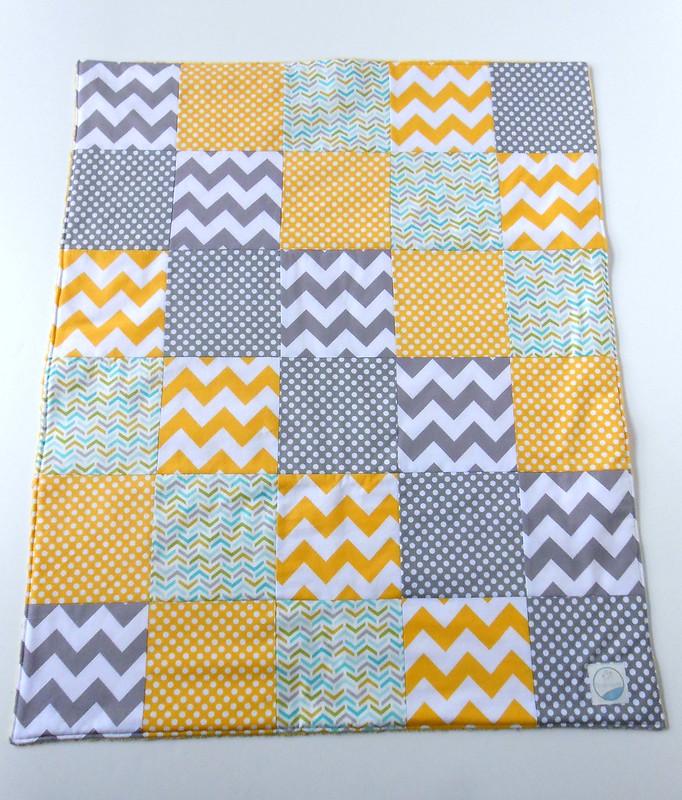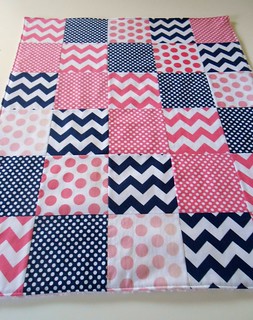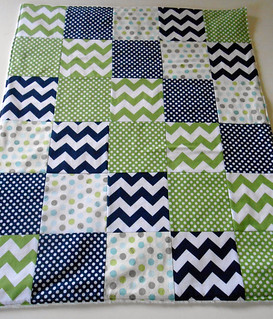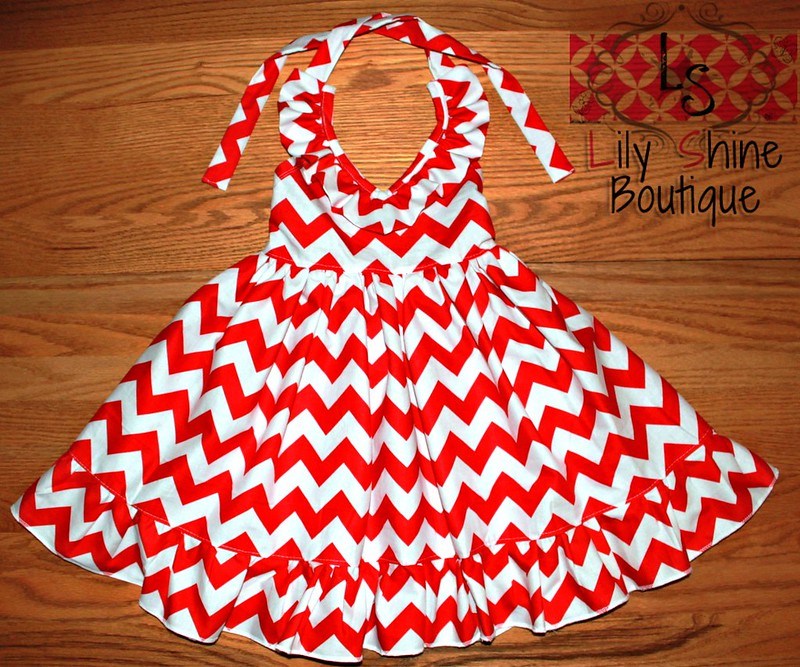Ready for round two of Inspired by Chevrons?
Inspired by Chevrons is a challenge I have given myself to create and design with chevrons. If you missed my first post about how to make this Monster Rock chevron T-shirt you can find it
here.
Today I am going to show you how to make these hip board shorts. True there are no actual chevrons on these shorts. Instead I use the angular lines seen in chevrons as a design element.
You can make these shorts with any basic pull-on pants or shorts pattern. If your pattern is a skinny leg style you may want to widen the legs to be a more straight leg style. I used the
Parsley Pants pattern from
Made by Rae for my shorts. This pattern has a great classic fit. My shorts were made using cotton knit interlock fabric. My son is big on comfort and these made the perfect shorts for him.
All seam allowances are 3/8" unless otherwise specified.
First we must modify the pattern a little.
If your pattern is a two piece pattern like the Parsley Pants, meaning there is no outer leg seam, then it will need to be split to make a four piece pattern. The Parsley Pants have a tuxedo line where the outer leg seam would be. Simply cut up the tuxedo line to split the pattern pieces. If you are starting with a four piece pattern already then skip this step.
The Parsley Pants also have a fold-over waist band. I chose to get rid of that. Cut 2" of the top of the pants pattern at the waistline.
To adjust the length I cut 9.5" inches off the bottom of my size 10 pattern. for other sizes cut about mid way between the center of the knee and the finished hem.
Fold your pattern back 1/2" at outer leg seam line to accommodate for the colored strip we will be adding.
Mark your pocket placement. I chose to align my pocket placement according to the outer seam rather than the inner seam to keep my pocket opening from being too small. You can see by looking at the picture below that if I matched up my inner seams to mark pocket placement that it would shrink my pockets quite a bit.
Line your ruler up with the two mark you just made and cut the diagonal line. This will create an angular pocket opening that will tie in with the rest of the angular design elements. Repeat for the other front pants piece.
For front pockets cut four rectangles that are 6x10". Mark pocket openings and cut across the line on two of your pieces. Cut these as mirror images to each other. Do not cut your remaining two front pocket pieces. I forgot to take a picture of this step but look at the pictures below to see front pockets. Place one pocket piece on front of pants with wrong sides together aligning with the pocket opening.
Cut 2" wide strips of coordinating fabric ensuring the stretch is across the width and not the length. If you are using woven fabrics then bias strips work great here. If you made the chevron t-shirt with me then you should have extra fabric strips leftover that you can use here. You will need two strips of each color approximately 10" in length each.
Align a colored strip across the pocket opening, right sides together (RST), and stitch in place.
Flip you colored strip up away from the pant and press with iron.
Now flip the whole front panel over so that you are looking at the inside of the pants.
Turn colored strip down over pocket opening without folding your seam down. this will create a nice trim on the front pocket. Pin trim in place.
Now flip the piece over again so you are looking at the outside of the pants. Stitch in the ditch along pocket trim.
Trim excess fabric from colored strip on the inside close to the seam line.
Take one of you front pocket rectangles and place in right side over the inside of the front pocket. Align top and center seams over pocket opening and baste in place using a 1/4" seam allowance. Then sew your rectangle to the front of the pants around bottom and side of pocket. Repeat for second front pocket.
When you turn your piece over you can where the pocket is basted along the outer edges and sewn in place along the inner edges.
Cut your strips at a 45 degree angle at desired strip length. These are the pieces we will use to run down the outer side seam of the shorts. I cut mine at random lengths making sure that the total length minus seam allowances was equal to or greater than the length of my unhemmed shorts.
Sew the strips together at a 45 degree angle. Repeat for each side.
Lay your strip down across the outer seam of your front pattern piece RST. Sew or serge together.
Turn strip out and press seam toward center of pants. Then lay your
back pattern piece over the front piece matching up outer seam with
colored strip. Sew or serge together and press seam again toward the center of the pants.
To make back pockets cut two 6x6" squares from printed fabric and two 6x6" squares from black fabric.
Place one black square over a printed square RST.
Sew around the squares leaving an opening on one side for turning. Clip corners close to seams. Careful not to cute through the seams. Not that I have ever done that before ;)
Turn squares right sides out through the opening you left. Top-stitch two lines across the top of the pocket 1/4" apart. You don't need to worry about closing the opening in the side seam because it will get closed up when we sew sew the pocket to the pants. But if you prefer, you can hand sew the opening closed now.
For the back pockets I eyeballed where I would like them. Then I marked two perpendicular lines; one for the top of the pocket placement and one for the side of the pocket placement. The side pocket line should be parallel to the outer side seam of your shorts.
Pin your pocket in place between your perpendicular lines. Then measure where your lines are and transfer marking to the other back panel. For my size 10 shorts the pockets were placed 1" in from the side seam and 3.5" down from the waistband.
Stitch your first pocket in place down the sides and bottom of your pocket. Then compare your two back panels before stitching your second pocket on to make sure they are placed evenly. Once they are aligned with each other stitch your second pocket in place in the same manner.
Lay your two main pieces on top of each other RST center seams and crotch points. Sew center seams from waistline to crotch on both the front pieces and the back.
Now turn you pieces to match up the two center seams in the middle with each other. Align inseams and stitch together starting at one bottom/knee opening, up through crotch, and down to other bottom/knee opening.
Cut a 4" wide strip to length of your front waistband and another for the back waistband. The stretch of the fabric should run across lengthwise. Match up the short end of your front waist band to short ends on back waistband and stitch RST. Press seams out.
Fold waistband in half lengthwise with wrong sides together and iron fold.
Pin waistband to shorts matching raw ends and aligning side seams.
Stitch in place leaving a 3" opening in the center back to thread elastic through.
Cut 1.5" wide elastic to 1" less than your child's waist measurement. Jonas has a 24" waist so my elastic was cut at 23" long. Use large safety pin or elastic threader to pull elastic through waistband opening. Stitch short ends of elastic together using 1/2" seam allowance. Finger press elastic seam open and use a zig zag stitch to secure it.
Fold your waistband back down over your shorts and sew opening closed. Fold waistband back up and press waistband seam down. You may also serge raw edges to finish and make seam extra secure. Top-stitch seam down to keep it in place.
For knits I like to baste at my fold line to make it easier to fold up
my hem evenly. For these shorts I basted 1" up from raw edges at leg
openings. Fold hem up 1" and press. Fold up another 1" and top-stitch hem. A twin needle works beautifully for top-stitching on knits. If you do not have a twin needle or coverstitch machine you can use a stretch zig-zag stitch to top-stitch.
All done!!! Check out Jonas rockin' those bad boys!






































































